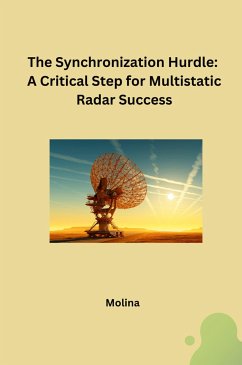Multistatic radar networks, with their distributed transmitters and receivers, hold immense potential. However, unlocking this potential hinges on a crucial factor: synchronization. Unlike traditional radars, multistatic systems lack a central point of reference. This creates a significant hurdle - synchronizing time and frequency across geographically separated units.Time synchronization ensures accurate measurement of time delays between received signals, which are vital for pinpointing a target's location and velocity. Frequency synchronization keeps all units "speaking the same language" by aligning their carrier frequencies. Deviations here lead to errors in Doppler shift analysis, a key indicator of target movement.Achieving synchronization requires sophisticated techniques like GPS-disciplined oscillators or dedicated communication channels. The complexity increases with the size and distribution of the network. But overcoming this hurdle is paramount. Precise synchronization unlocks the true power of multistatic radar, enabling superior target detection, tracking, and characterization - the key to success for this innovative technology
Bitte wählen Sie Ihr Anliegen aus.
Rechnungen
Retourenschein anfordern
Bestellstatus
Storno









